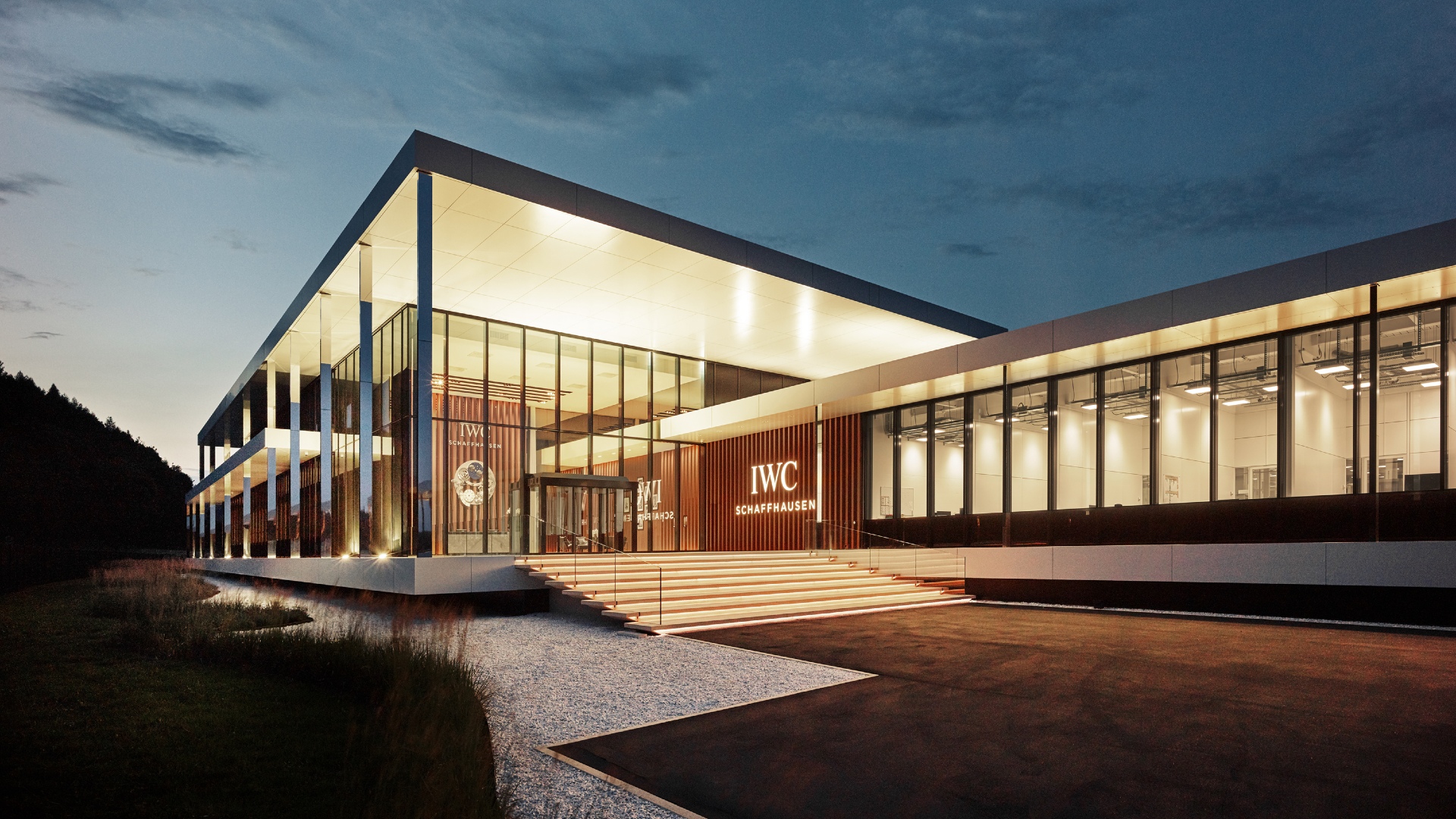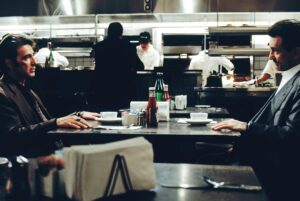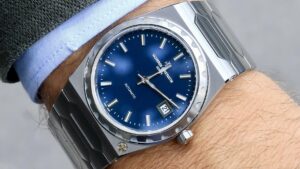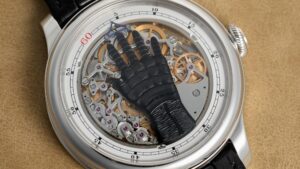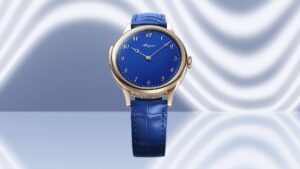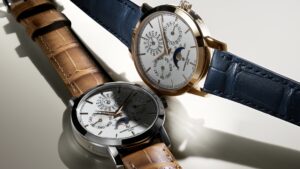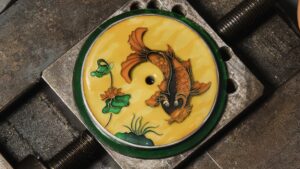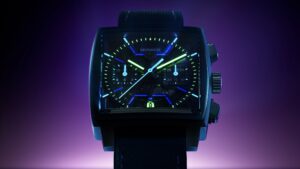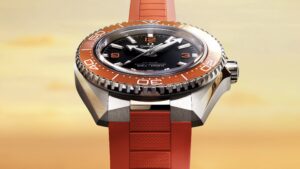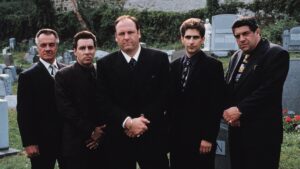For any watch lover, travelling to Switzerland is akin to journeying to the Mecca of the craft. And the only thing better than walking the streets of Geneva, is visiting a watchmaking factory — a tour I experienced with our friends at IWC Schaffhausen.
Schaffhausen is a three-and-a-half-hour drive from Geneva, not far from Zurich and located on the banks of the Rhine River near the German border. The waters of the Rhine played an important part in IWC’s founding years; with easy access to hydroelectric power in Schaffhausen leading American engineer and watchmaker Florentine Ariosto Jones to establish the International Watch Company factory.

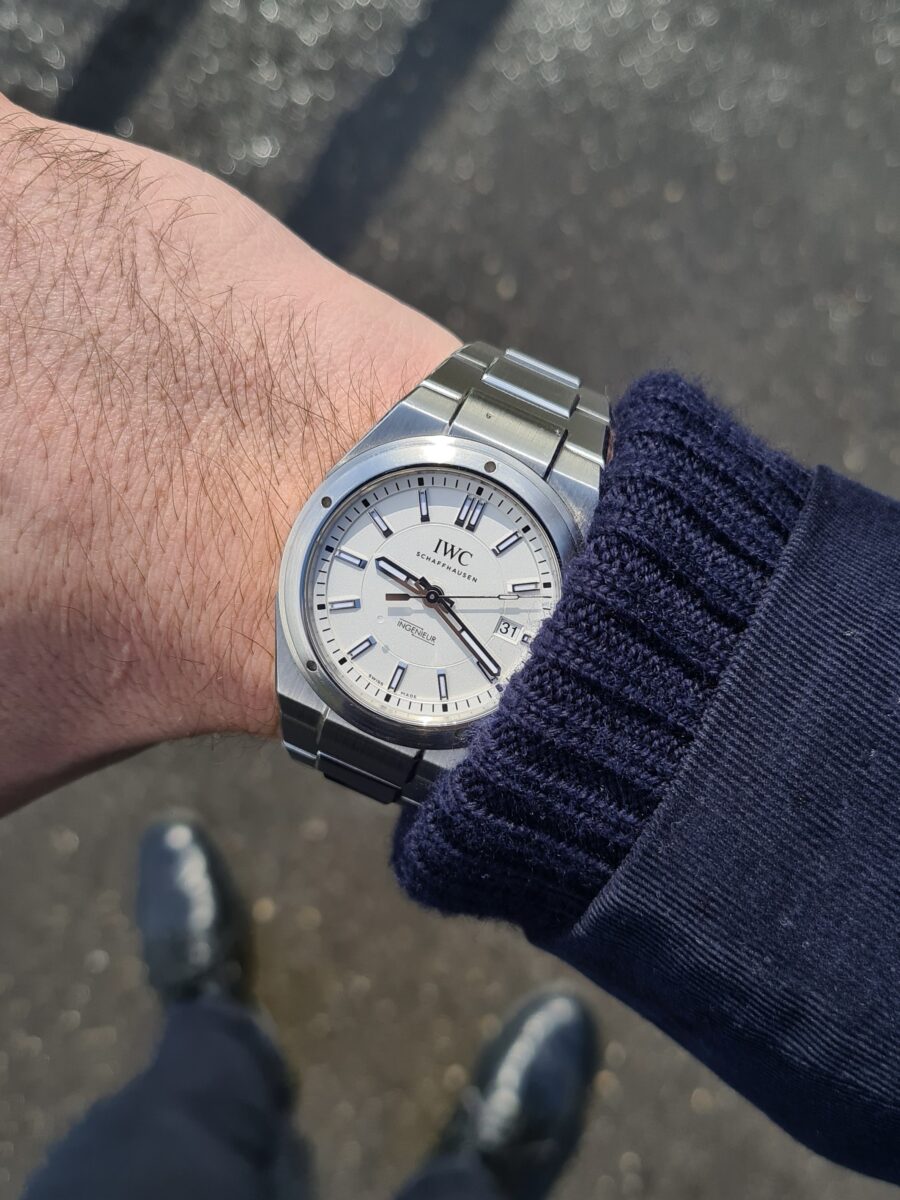
Today, the IWC Manufakturzentrum is located just outside of Schaffhausen, in a state-of-the-art 14,000-square-foot facility opened in 2018. Before his meteoric rise in the watch industry, IWC’s energetic CEO Chris Grainger-Herr trained formally as an architect, giving him a unique perspective on how the factory was to be designed.
His first role working with IWC’s parent company Richemont was to design the brand’s Heritage Museum (previously its first factory).
Walking through the doors of IWC’s factory gives you an immediate understanding of Grainger-Herr’s vision for the facility. The contemporary facade opens into an inviting reception area, before you’re ushered down a series of long corridors filled with references to the brand’s history.
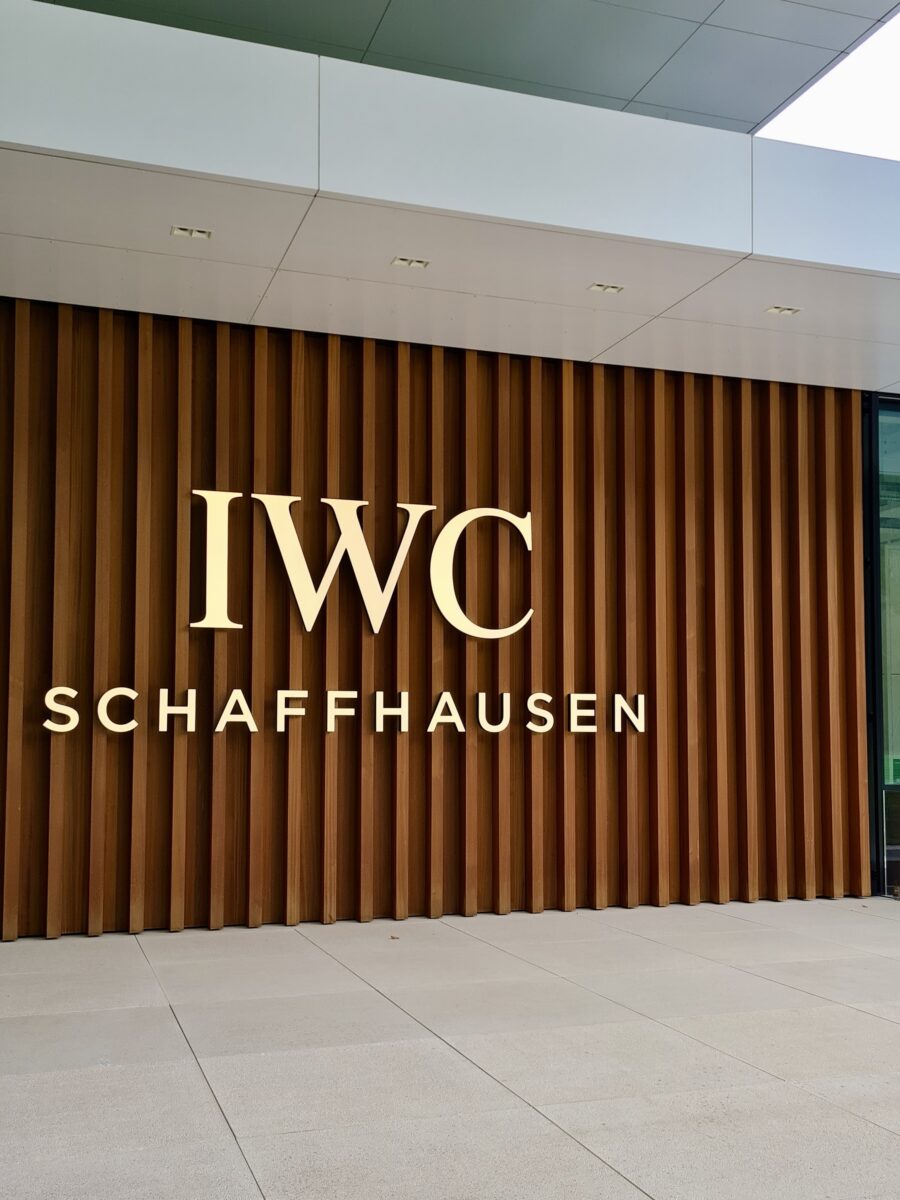
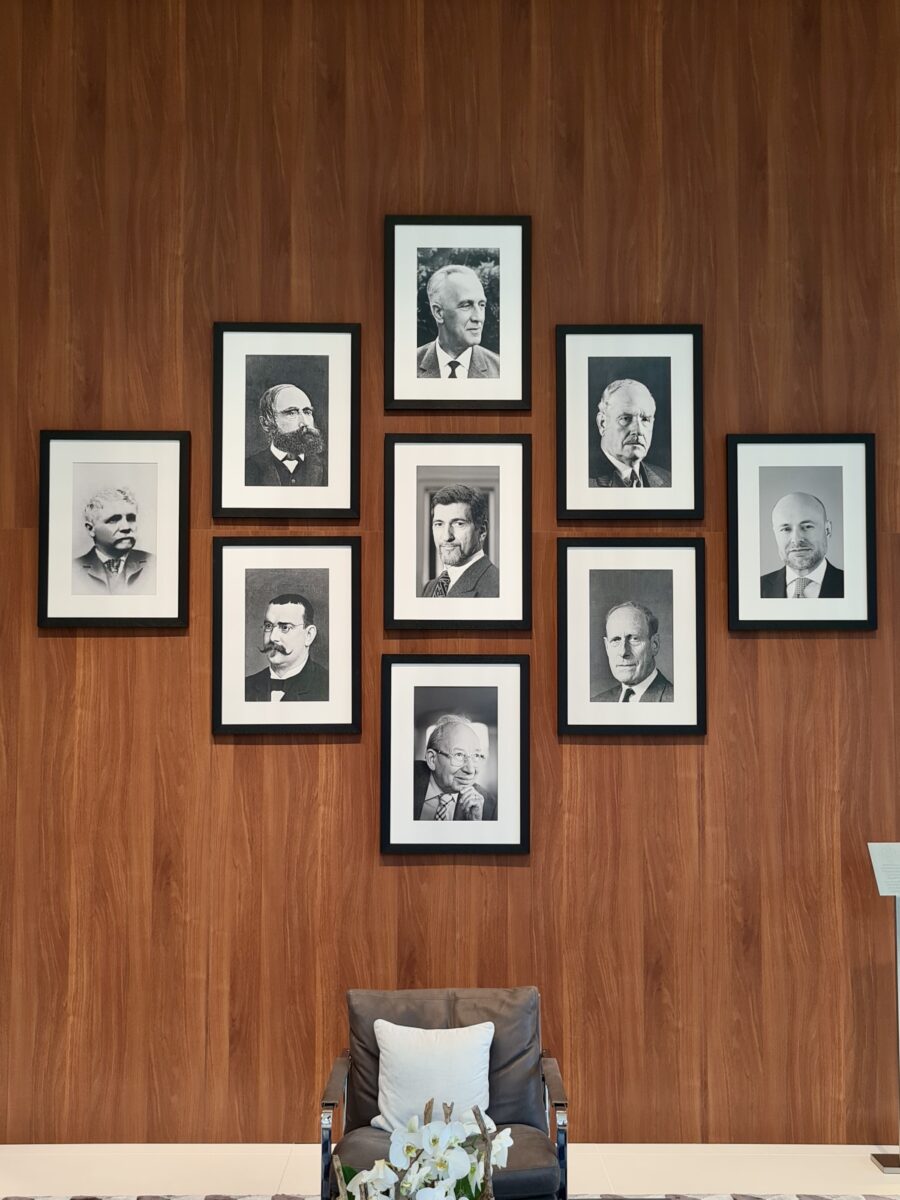
The hallways are designed to give you a step-by-step understanding of how each watch comes to life: from various raw materials that arrive as long bars of metal and the CNC machines that mill them into shape; to the case polishers and movement assembly areas.
There was an undeniable sense of flow as we moved through the different department areas, each of which we stopped at to observe the watchmakers, machinists, and R&D specialists as they worked.
IWC has long been a watchmaker that has spent significant time and effort on the materials it uses, with steel and different gold alloys the most traditional, while materials such as ceramic, titanium aluminide, and the brand’s proprietary Ceratanium are examples of IWC innovation.
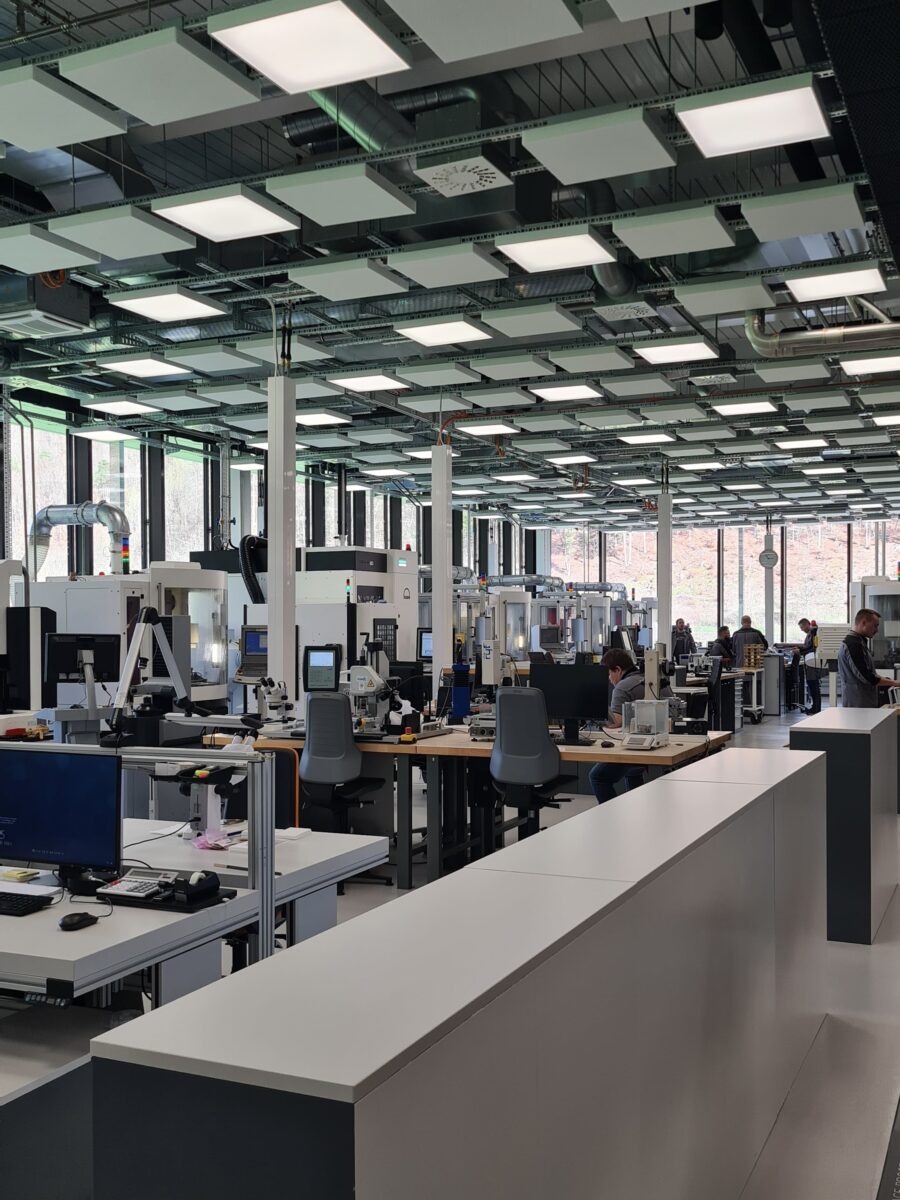
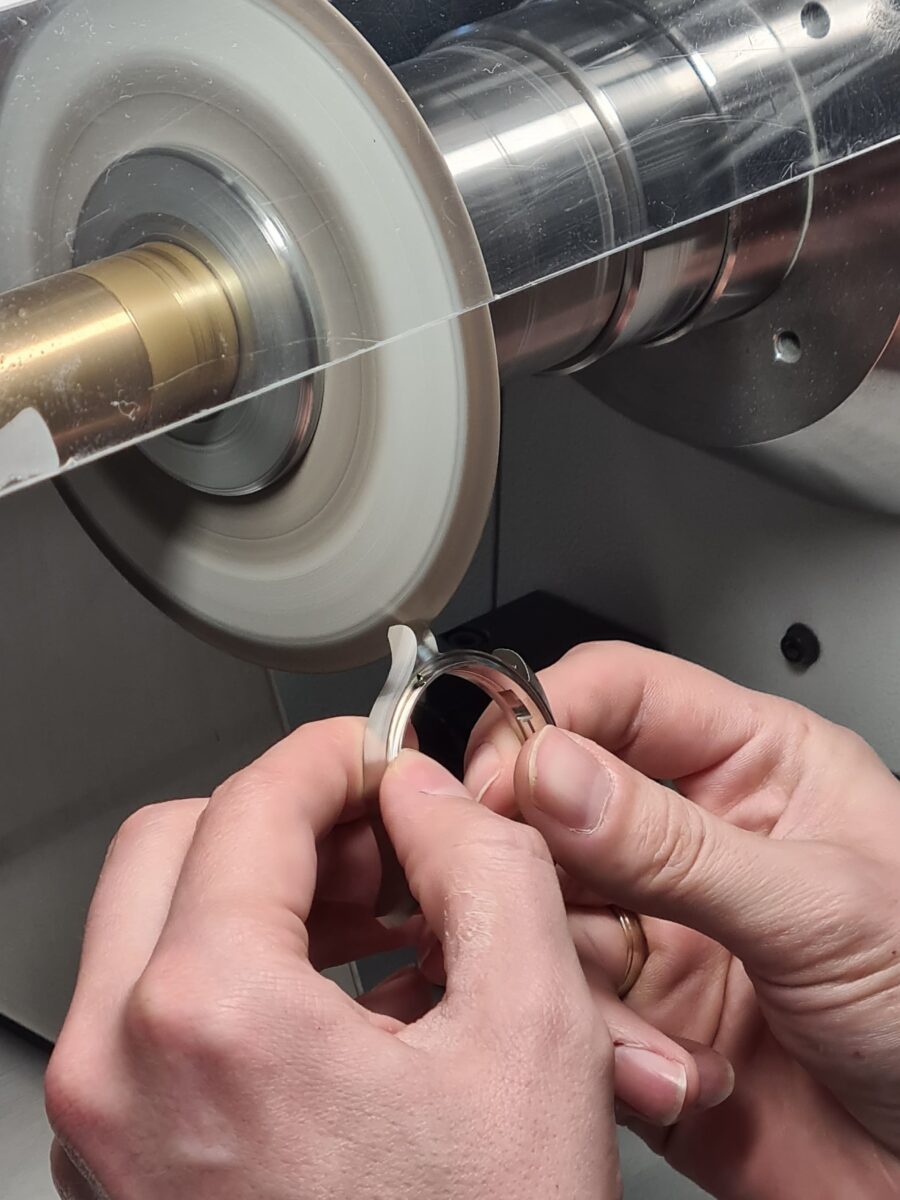
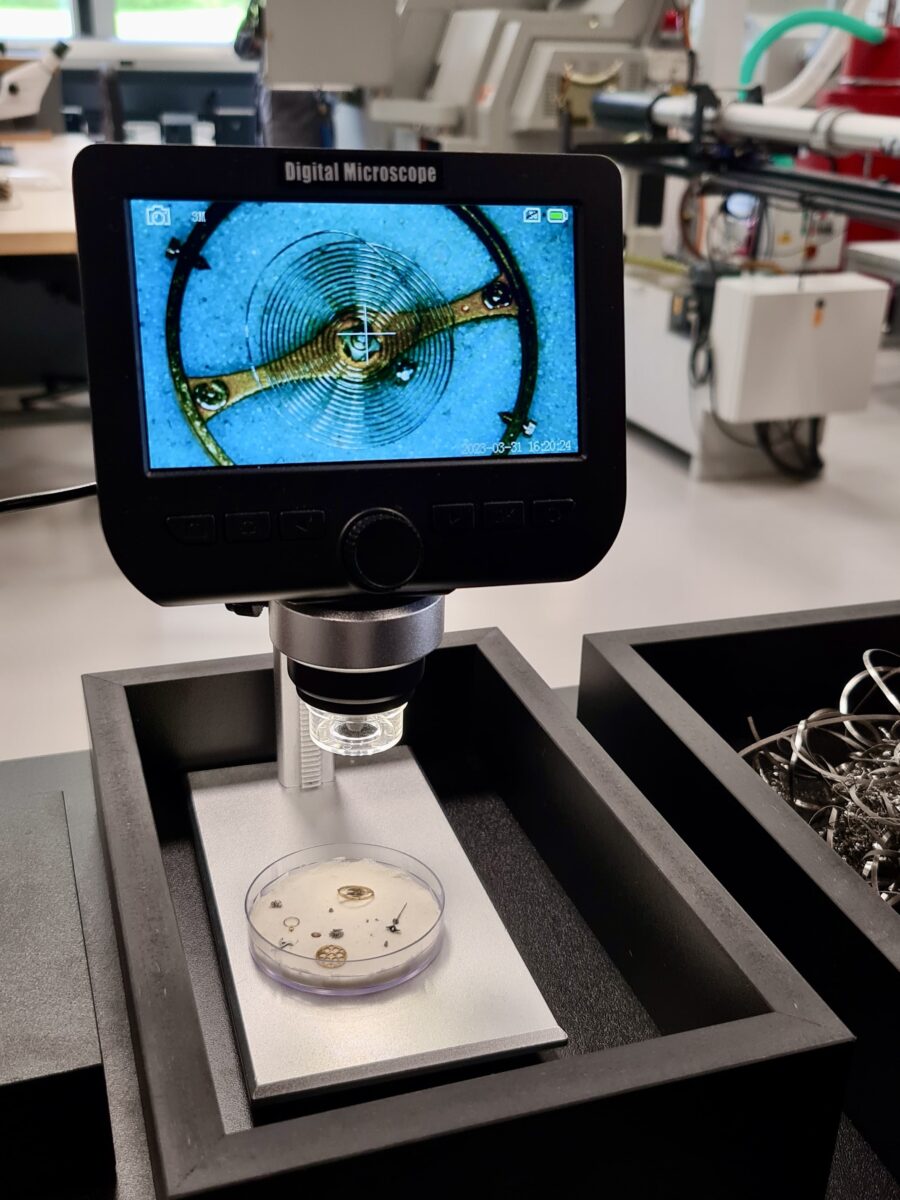
The movement assembly department is where most watch nerds start to salivate, offering an insight into just how complex and challenging to produce IWC’s calibres are.
Their life begins as a CNC milled base plate, which is decorated with exacting precision; before arriving on the watchmaker’s bench for the mechanical components to be assembled and tested under strict quality control processes.
RELATED: Inside Wako Ginza — Seiko Corp’s Ultimate Shopping Destination For Watch Lovers
Dial printing was another fascinating aspect of the tour, showcasing how a baseplate — typically made of brass — undergoes a range of different processes such as galvanising and printing, before it’s finally fitted onto a movement.
Given the breadth of IWC’s current catalogue, filled with limited editions that each require a slightly different production process, it was eye-opening to see the sheer number of different dials that were made at the factory.
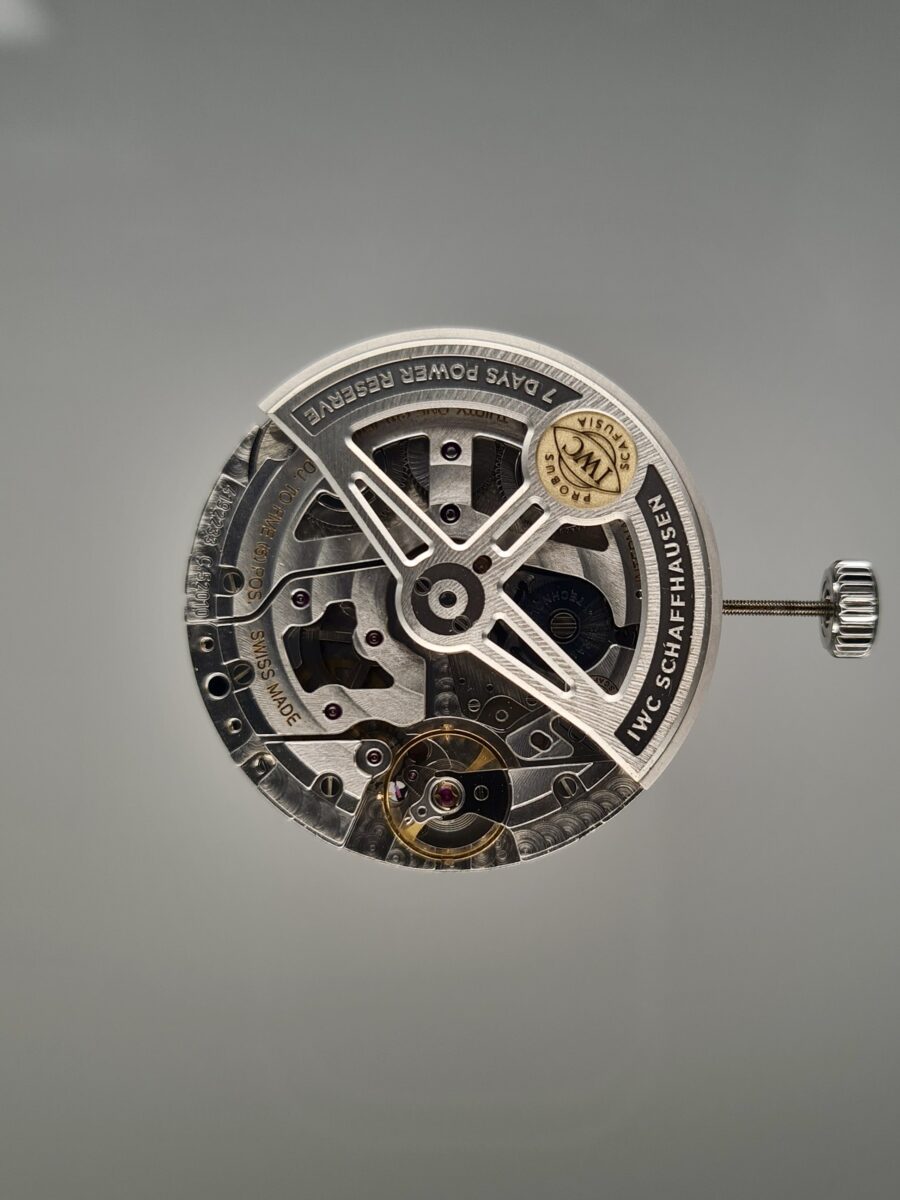
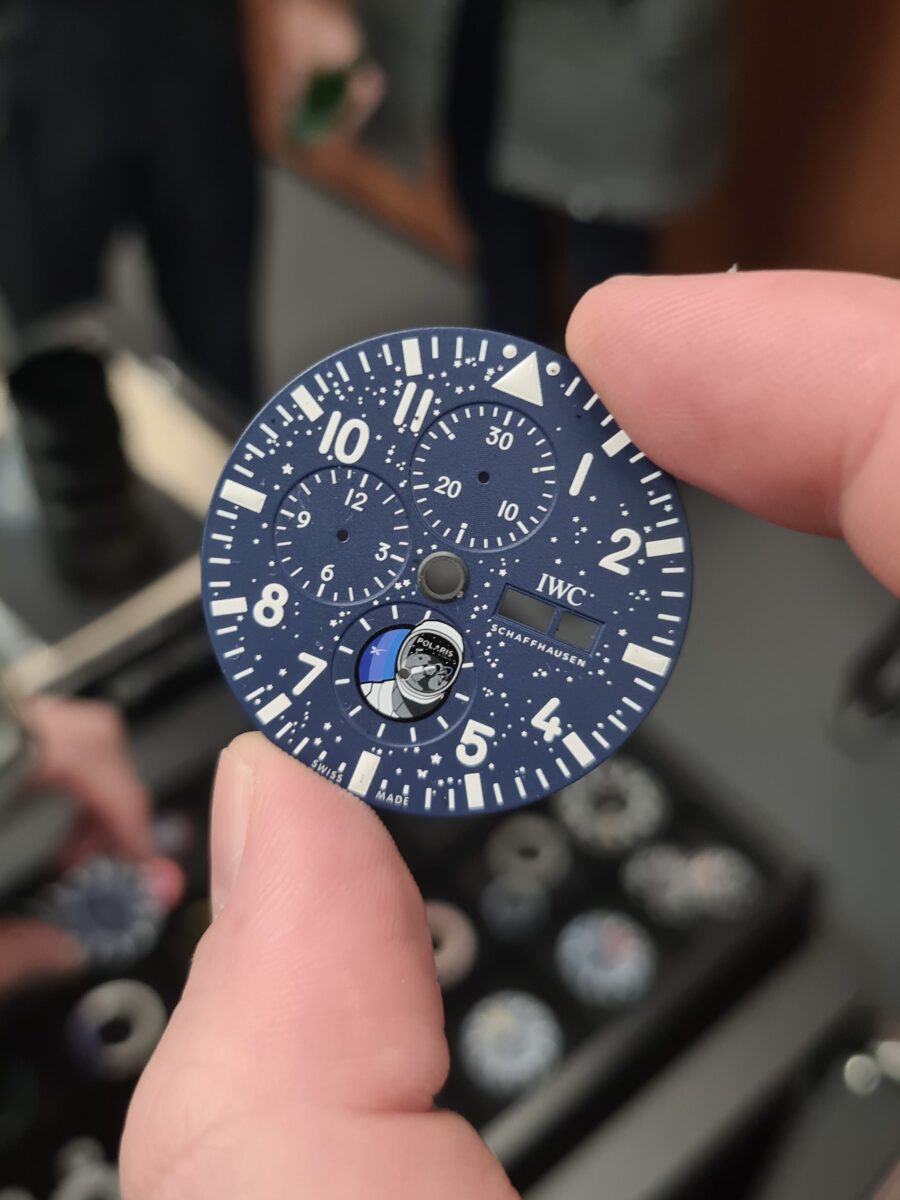
Once we’d taken a full tour of the factory, it was time to visit the IWC museum that Grainger-Herr had designed. From the factory that more closely resembled a scientific laboratory than an industrial plant, to a space so obviously drenched in history, you felt like you’d taken a step back in time.
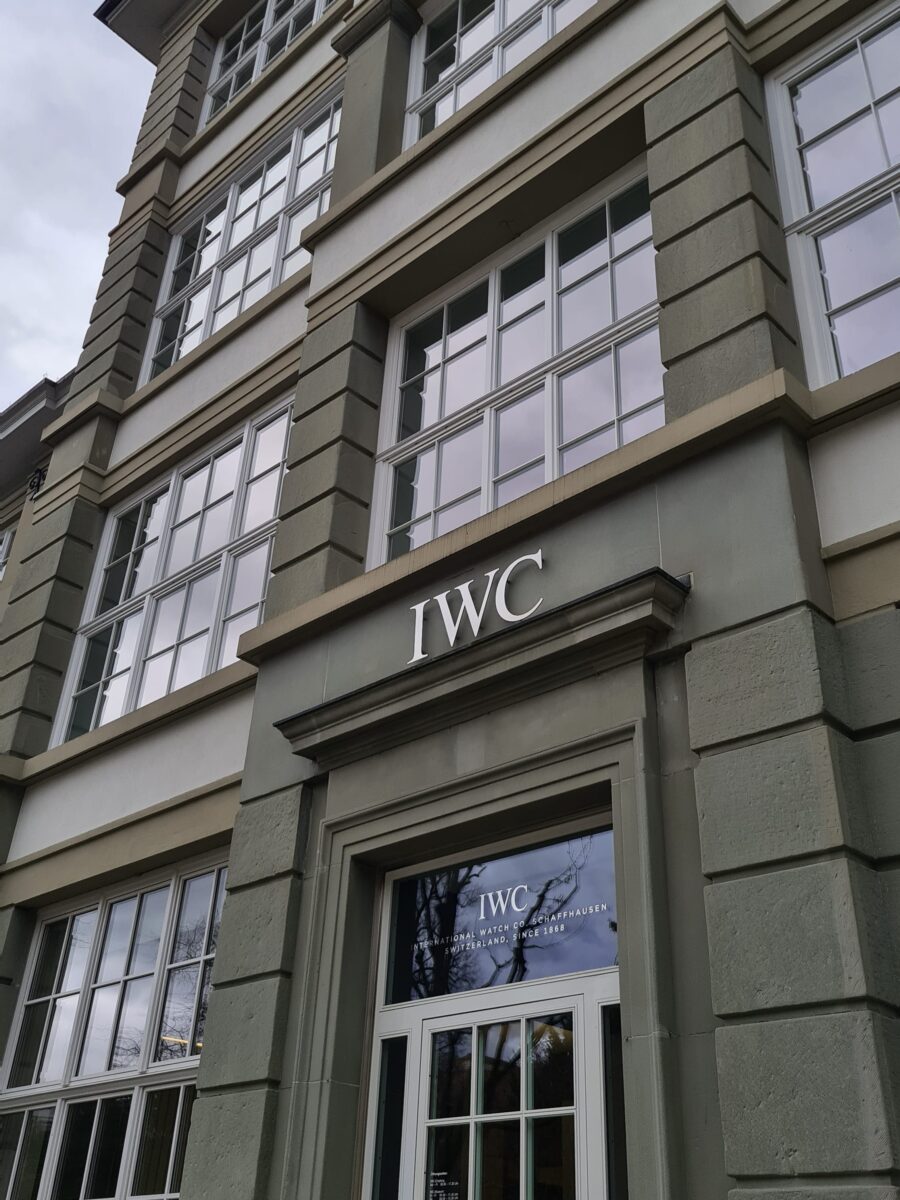
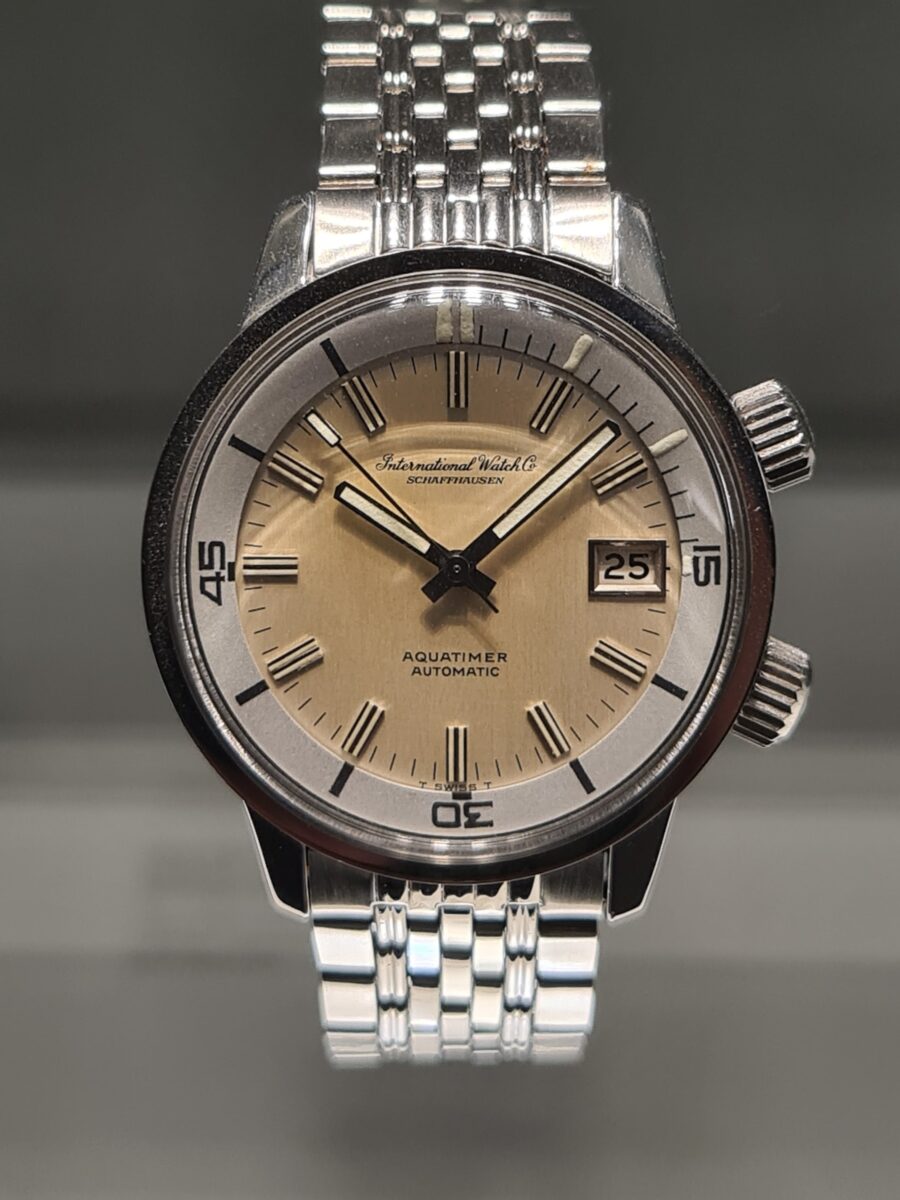
The IWC museum boasts a collection of several hundred different timepieces, containing some of the brand’s most historically important watches.
From icons like the original Portugieser watches and the Gerald Genta-designed Ingenieur, to highly complicated calendar timepieces and even Winston Churchill’s personal pocket watch.
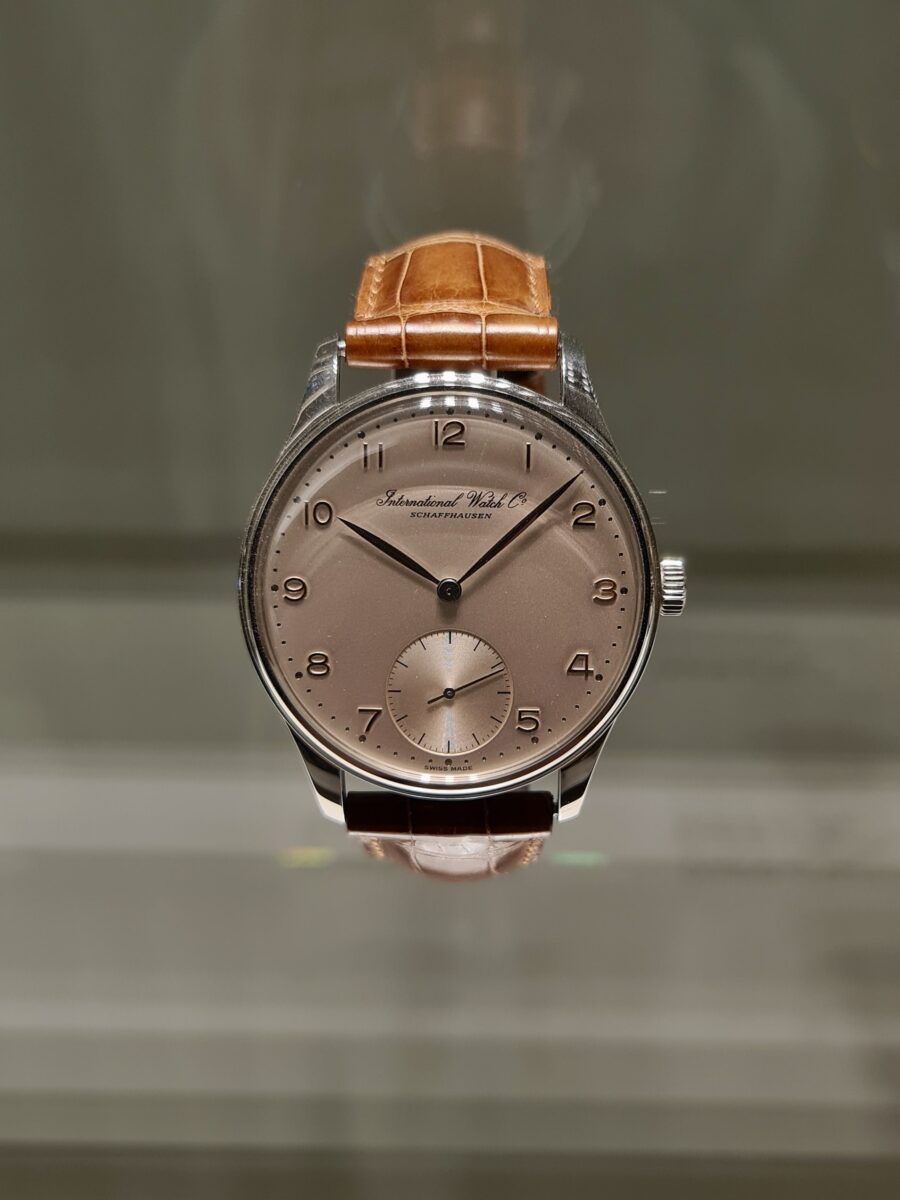
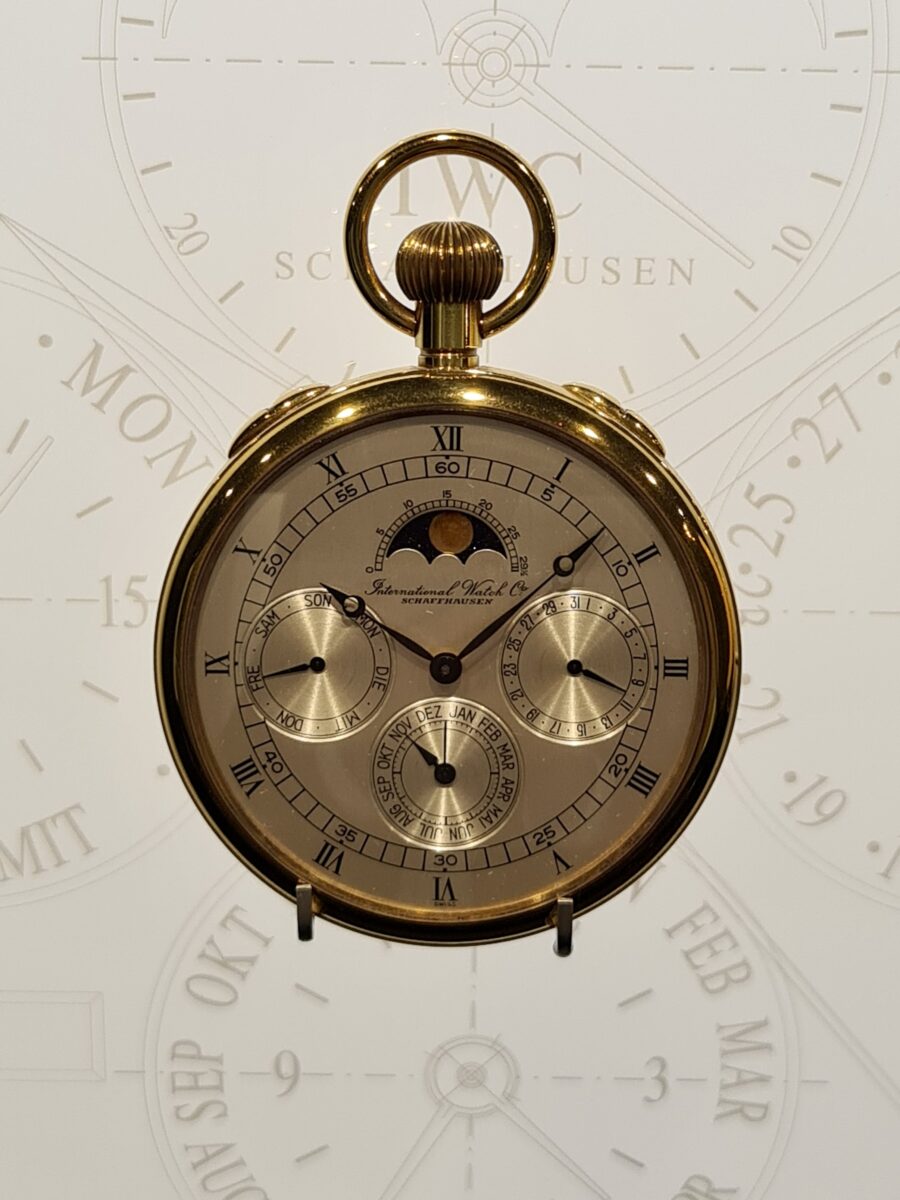
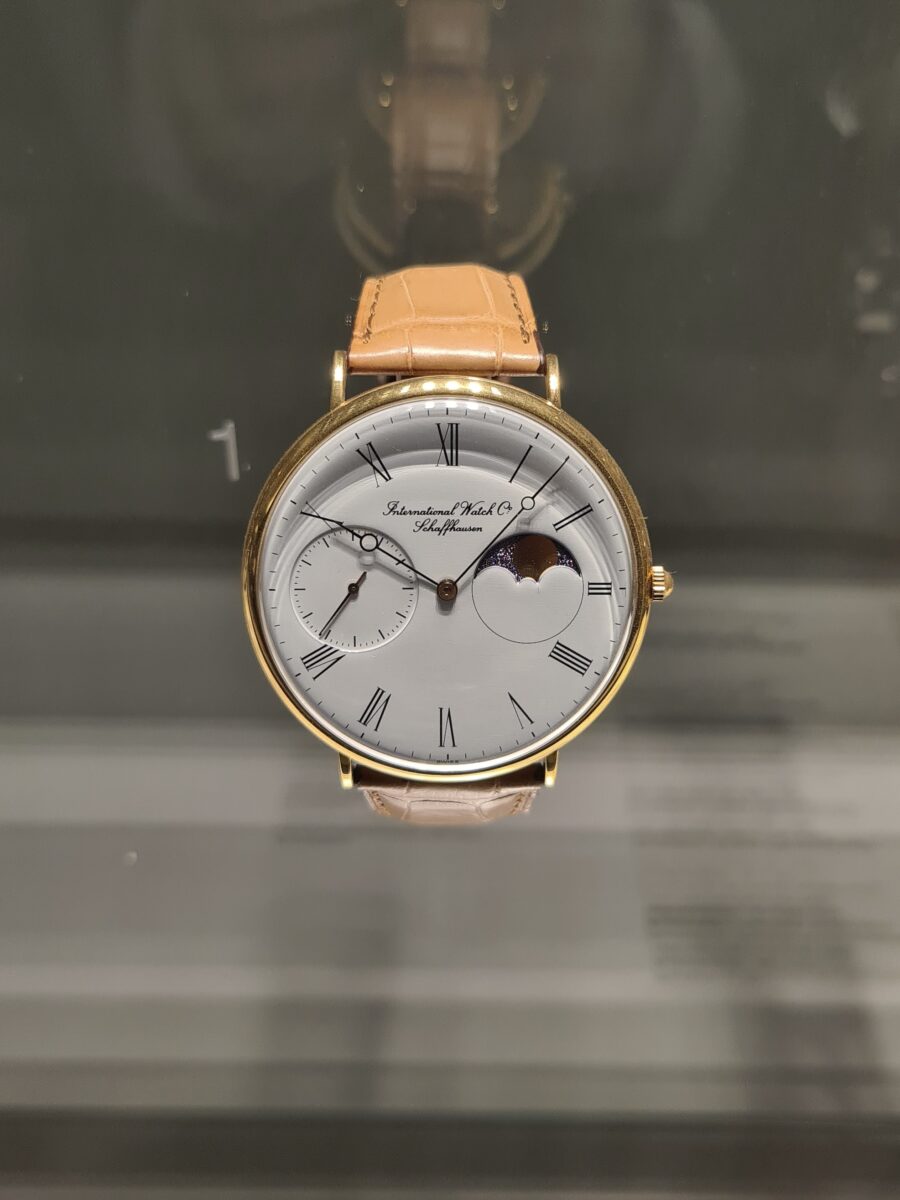
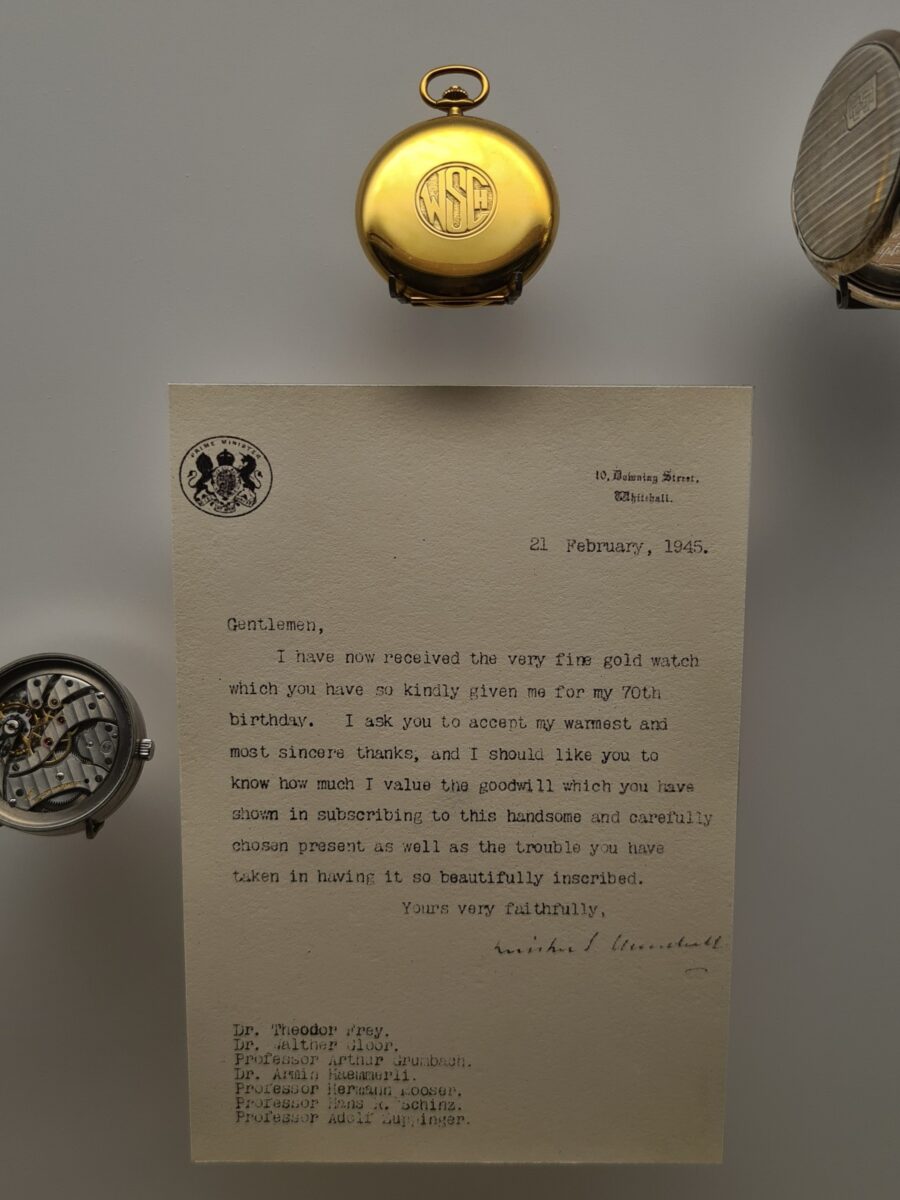
It was an unforgettable day from start to finish, not only as a watch lover, but as someone interested in history and the cutting-edge of modern manufacturing.
While a tour of the IWC factory isn’t available to the public, if you’re a watch enthusiast who ever finds yourself in Schaffhausen, a trip to the IWC museum is a must-visit.
